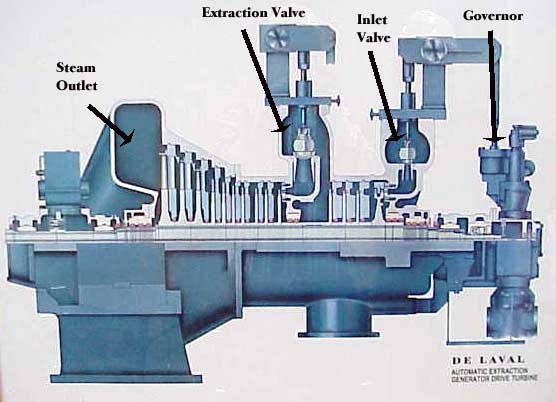Gabriele.P
Mechanical
Good day to all. I´m working on the preliminary design of a CHP plant, equipped with boiler and condensing steam turbine. Chraacteristics of the turbine: HP Steam 450°C, 60 bar-a, 80 t/h; controlled extraction at 17,5 bar-a, with extracted flow of 23 t/h; uncontrolled (bleed) extraction of 20 t/h at 4,5 bar-a. Remaining flow is condensed at 40°C, 0,074 bar-a. I kindly ask for your support with reference to isoentropic efficiency of the HP part (60 – 17,5 bar-a); IP (17,5-4,5 bar) and LP (4,5 bar-a to 0,074). Expected power is in the range of 10 MW. I have currently assumed 78% HP (Curtiss wheel at control stage, not so efficient) and a constant 84% for IP and LP. Your assistance and guidance on more precise values would be appreciated! Also a feedback about electrical generator efficiency (estimated 99%, 1500 rpm,6 kV or similar generator) and mechanical efficiency (parallel shaft gearbox, estimated 98%) would be appreciated. Thank you for your support. Gabriele

![[bigsmile] [bigsmile] [bigsmile]](/data/assets/smilies/bigsmile.gif)
